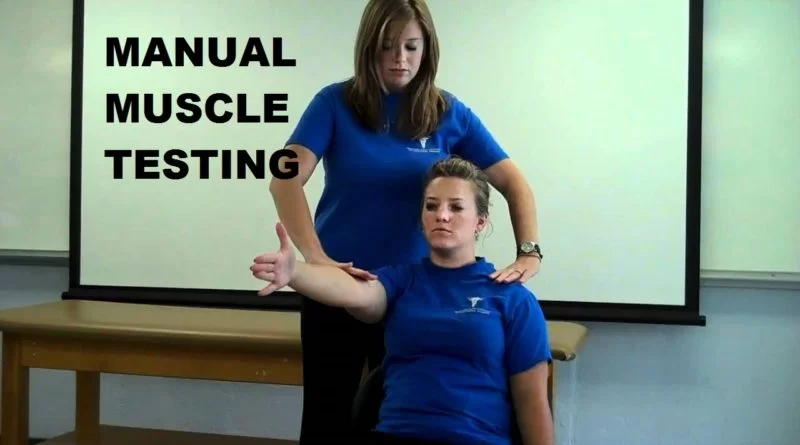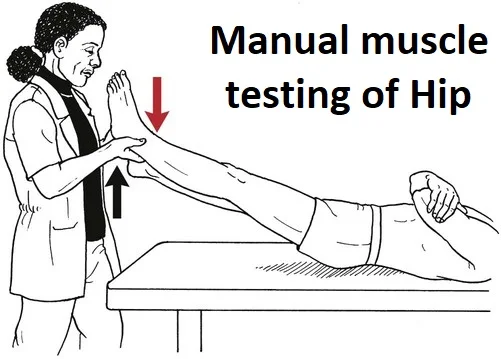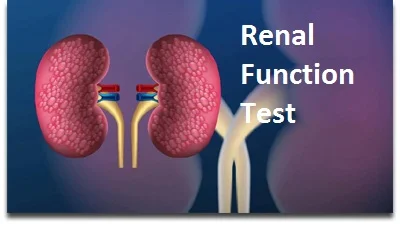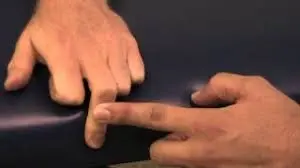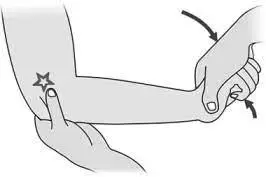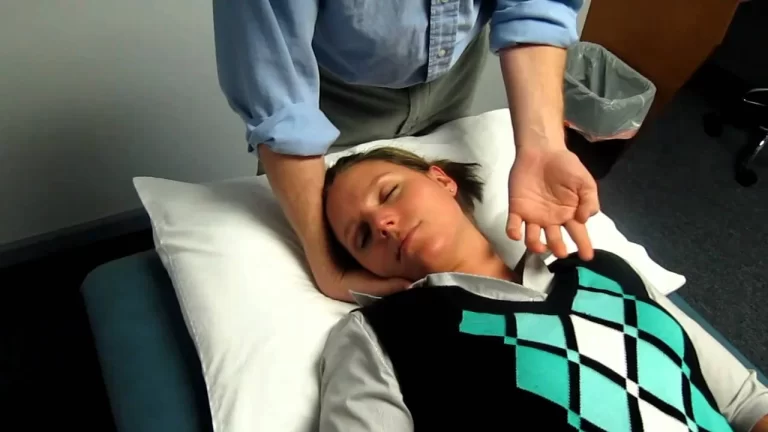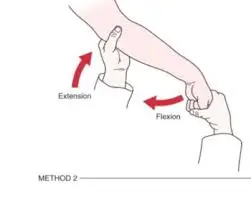Manual Muscle Testing of Shoulder Muscles
Manual muscle testing of the shoulder is a technique used to assess the strength and function of various muscles around the shoulder joint. It is commonly performed by healthcare professionals such as physical therapists, occupational therapists, and physicians. The testing helps in diagnosing muscle weakness, determining the extent of an injury or condition, tracking progress during rehabilitation, and planning appropriate treatment interventions.
Table of Contents
Manual Muscle Testing of Shoulder Flexion
Manual muscle testing of shoulder flexion is performed to assess the strength and function of the muscles involved in shoulder flexion, primarily the anterior deltoid and the long head of the biceps brachii. Here’s a step-by-step guide on how to perform manual muscle testing for shoulder flexion:
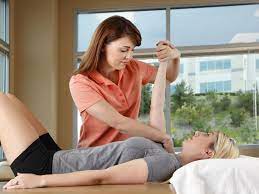
Tested muscles
Shoulder flexors muscles which are deltoid and coracobrachialis
Patient Position
Explain the procedure to the patient and ensure their comfort on the treatment table.
For grades 0 to 2. The patient should be lying in such a position where his or her knee is bent to a 90-degree angle and it should be supported by the examiner.
For grade 3. the patient should be positioned in a seated or standing position with their arms relaxed at their sides.
to assess grades 4 and 5 Patient is sitting position with arms at the sides elbows slightly flexed with the forearm in pronation.
Therapist Position
The therapist should stand in front of the patient.
Do the palpation of shoulder flexors muscles.
How to test?
For grades 0 to 2 ask the patient to raise his or her hand straight to the 90-degree angle
Grade 3 instructs them to raise their arm forward, keeping them straight and parallel to the ground.
For grades 4 and 5, this grading follows the same procedure as grade 3 but the difference is only that The therapist applies resistance to the patient’s forearm or wrist as they attempt to lift their arm against gravity.
The therapist assigns a grade based on the patient’s ability to lift their arm and resist the applied force. This process is repeated for each shoulder muscle group to assess overall shoulder strength and function.
Manual Muscle Testing of Shoulder Extension
Testing muscles
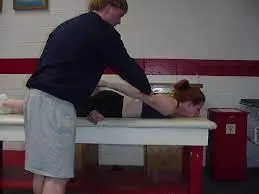
Latissimus dorsi
Deltoid
Teres major
Patient Position
The patient should be in the prone position with the elbow extended and arm free to do movement, and the palm should be directed upward in the direction of internal rotations
To assess grades 0-2 patient should be in a side-lying position with gravity eliminated.
Therapist Position
The therapist should stand on examine side
Do the Palpation of shoulder extensors muscles.
How to Test?
The patient himself does the extension of the shoulder in the present range of motion.
To check grades 4 to 5 give resistance on the posterior surface of the distal part of the humerus in an opposite direction of extension movement.
To assess grade 5 normal muscle action criteria, the patient must have enough strength to do movement in the whole range of motion which is called active resistance testing
Or the patient should keep an endpoint range opposite to the maximum resistance. which is called break testing against maximum resistance.
Manual Muscle Testing of Shoulder Abduction
Testing muscle
Deltoid middle head
Supraspinatus
Patient Positioning
the patient should be in a Seated position, shoulder kept in the scapular plane 25 degrees anterior to the frontal plane, thumb directed upward.
to assess Grades 0-2 there is no ‘gravity minimal’ posture for this motion.
Therapist Position
The therapist should stand at examine the side
Palpat over shoulder abductors.
How to Test?
The patient himself abducts the shoulder
For grades 4-5 therapists are to give resistance over the distal humerus in the opposite direction to shoulder abduction in the scapular plane.
To assess grade 5 which is normal muscle activity criteria, the patient must have the strength to move through the whole range of motion which is called active resistance testing
or the patient keeps an endpoint range opposite to the higher resistance which is called break testing.
MMT of Shoulder Internal rotation
Testing muscle
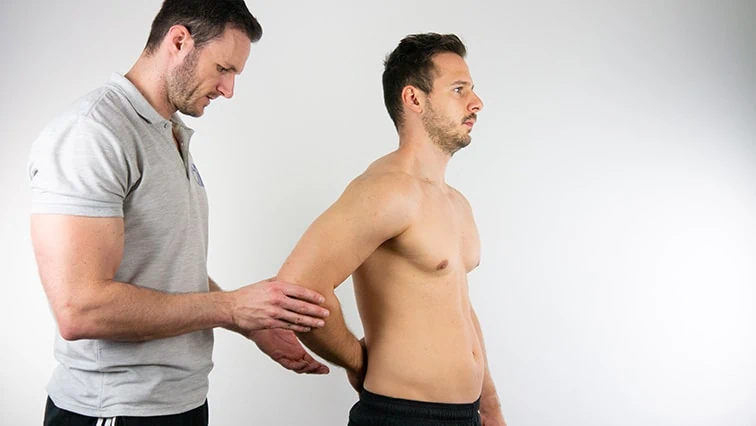
Patient Position
Explain the procedure to the patient and ensure their comfort on the treatment table.
Grade 3 to 5:patient should be in a Prone position, his or her head must be rotated on the test side, Shoulder should be abducted to 90-degree .place fold the towel and put it under the distal arm and forearm it should be hanging vertically to the edge of the bed.
For Grades 2 and 1 patient should be in a Prone position, head rotated towards the examining
side, Patient has to lying at the edge of the bed because of that the whole arm hangs freely at the edge of the bed. The arm should be put in the neutral position palm turned towards the table.
Therapist Position
For grades 3 to 5 Therapist should Stand near the test side. To apply resistance put the hand on the volar side of the forearm just over the wrist and the other hand gives the opposite force at the elbow. Then provide resistance in the downward and forward direction. The opposing force is givens backward and slightly upward.
For Grade 2 and 1therapist Stand or sit on a lower table than the patient’s bed at the test side. The therapist should stabilize the examined arm side at the shoulder.
How to Test?
Give complete testing details in the patient’s native language. So they can clearly understand that.
The patient slowly moved their arm in the present range of movement. In a backward and upward motion
Give a higher amount of resistance for measuring grade 5 in the present range of motion
Grade 4 gives a medium amount of resistance in the present range of motion.
In grade 3 patient actively does the motion without resistance in the present range of motion.
For Grade 2 patients have to move their shoulders in internal rotation
For grade 1 check the palpation contraction
To assess grade 1 do the palpation of the subscapularis tendon which is placed deep in the central area of the axilla.
for and for grade 0 there is the absence of palpable or visible contraction
Repeat the test on the other shoulder and compare the results.
Perform the same procedure on the opposite shoulder and compare the strength grades.
Record the muscle strength grade for each shoulder in the patient’s medical record along with any relevant notes or observations.
Manual Muscle Testing of External Rotation
Testing muscles
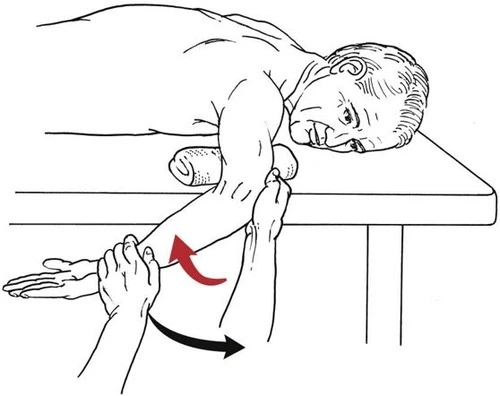
Infraspinatus
Teres Minor
Patient Position
Explain the procedure to the patient and ensure their comfort on the treatment table.
To assess Grades 3 to 5: the patient should lie in the Prone position, head rotated towards the testing side, Shoulder abducted to 90°, and put the folded towel beneath the distal arm and forearm hanging erect from the edge of the bed.
To assess Grades 2 and 1: the patient should be in a Prone position, the head rotates towards the Testing side, Patient has to be at the edge of the bed so that the whole arm hangs freely from the border of the bed. Arm is Placed in the neutral position. palm rotated towards the table.
Therapist Position
To assess the Grade 3 to 5: the therapist Stands at the examining side. For resistance place the hand on the dorsal side of the forearm just over the wrist and the other hand gives opposite resistance at the elbow.
To assess the Grade 2,1 and 0: the therapist Stands or sits on a lower table than the test bed on the examining side. The therapist should fix the assessing arm at the shoulder.
How to test?
Give complete testing details in the patient’s native language. So they can clearly understand that.
comfortable with.
The patient slowly moved their arm in the present range of movement.
Give a higher amount of resistance for measuring grade 5 in the present range of motion
For grade 4 give a medium amount of resistance in the present range of motion.
In grade 3 patient actively does the motion without resistance in the present range of motion.
For Grade 2 patients have to move their shoulder in an externally rotated position
Palpation contraction is there for grade 1 for either one or both muscles. For the infraspinatus muscle palpate over the body of the scapula beneath the spine of the scapula in the infraspinatus fossa. for teres minor on the lower margin of the axilla and including the axillary border of the scapula
For grade 0 there is no movement palpation or contraction
Repeat the test on the other shoulder and compare the results.
Perform the same procedure on the opposite shoulder and compare the strength grades.
Record the muscle strength grade for each shoulder in the patient’s medical record along with any relevant notes or observations.
MMT of Shoulder Horizontal adduction
Testing muscles
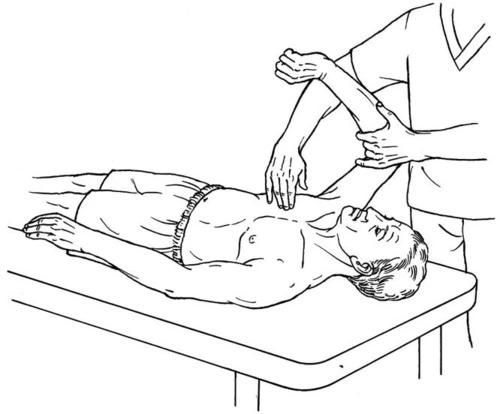
Patient Positioning
Explain the procedure to the patient and ensure their comfort on the treatment table.
The patient should be in a supine position with the elbow flexed to 90 degrees and the shoulder abducted to either 60 degrees, 90 degrees, or 120 degrees according to desired focus fibers to be assessed.
For grades 0 to 2 patient should be in a sitting position in which gravity eliminated
Therapist Position
The therapist is standing near the examination side of the patient.
How to Test?
The patient himself does the horizontal adduction of the shoulder in the full present range of motion.
To assess grades 4 to 5 give resistance to the forearm, just near to wrist in the opposite direction to horizontal adduction
To check the grade 5 which is normal muscle activity criteria, the patient must have enough strength to move through the complete range of motion .called as active resistance technique or maintain this position at the endpoint range against maximum resistance. which is called a break test.
Repeat the test on the other shoulder and compare the results.
Perform the same procedure on the opposite shoulder and compare the strength grades.
Record the muscle strength grade for each shoulder in the patient’s medical record along with any relevant notes or observations.

